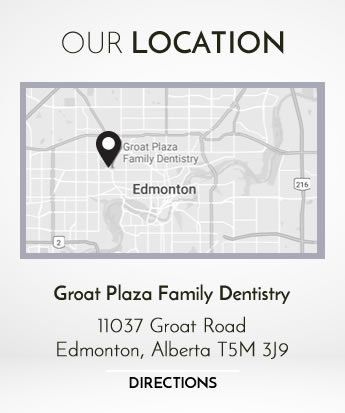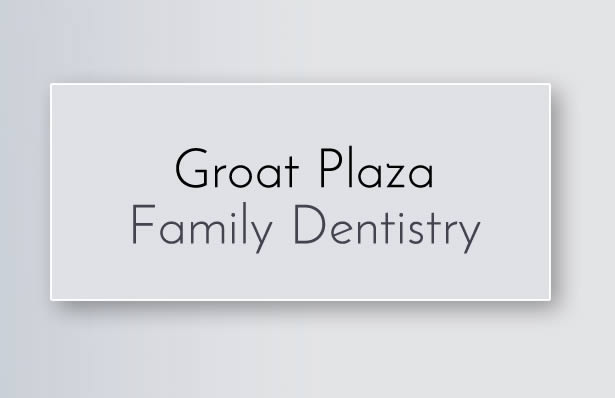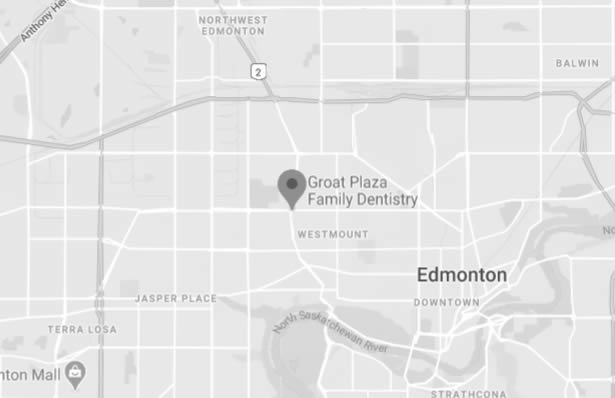After the blood clot forms it is important to protect it especially for the next 24 hours. You can do this by refraining from smoking, sucking through a straw, rinsing your mouth vigorously, and cleaning teeth next to the extraction site. These activities will dislodge the clot and slow down healing.
When the clot dissolves or is dislodged from the site,it may become infected and very painful.Symptoms of dry socket include increasing pain or swelling several days after the extraction. There may also be an accompanying fever and foul taste. If this happens, please contact us.
After the tooth is extracted you may feel some pain and have some swelling. You may also have some muscle and/or joint stiffness. You can use an ice pack and your regular over-the-counter pain medication to help keep this to a minimum. Limit yourself to calm activites for the first 24 hours. This keeps your blood pressure lower, reduces bleeding, and helps the healing process.
Use pain medication and antibiotics, if given, as directed. If they are not working, please call the office.
Drink plenty of fluids and eat soft (lukewarm) nutritious food on the day of the extraction. Don’t use alcoholic beverages and avoid hot and spicy foods. You can begin eating normally the next day, or as soon as it is comfortable.
You may gently rinse your mouth with salt water (5ml salt in 250ml warm water) a few times a day beginning the day after the extraction. After meals would be the best time to do this. It is important to resume your normal dental routine after 24 hours. This should include brushing your teeth and tongue and flossing. This will help speed the healing process.
Call us right away if you have heavy bleeding, severe pain, continued swelling after 2-3 days, or a reaction to the medication.



